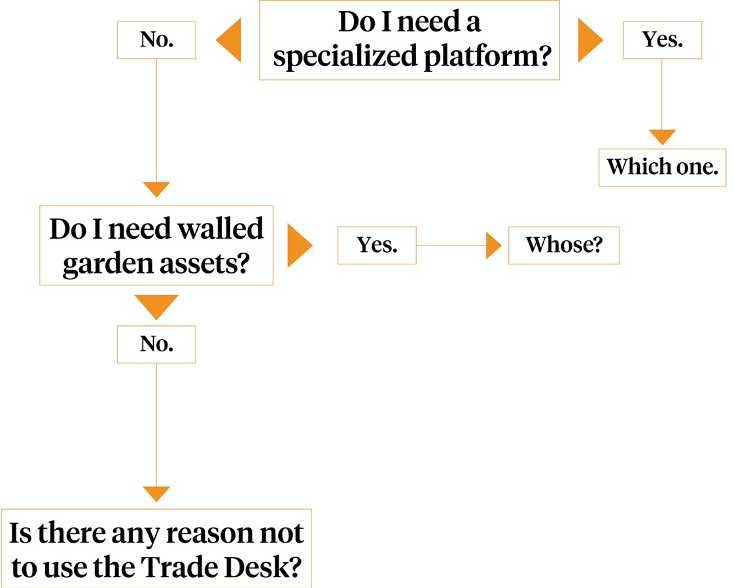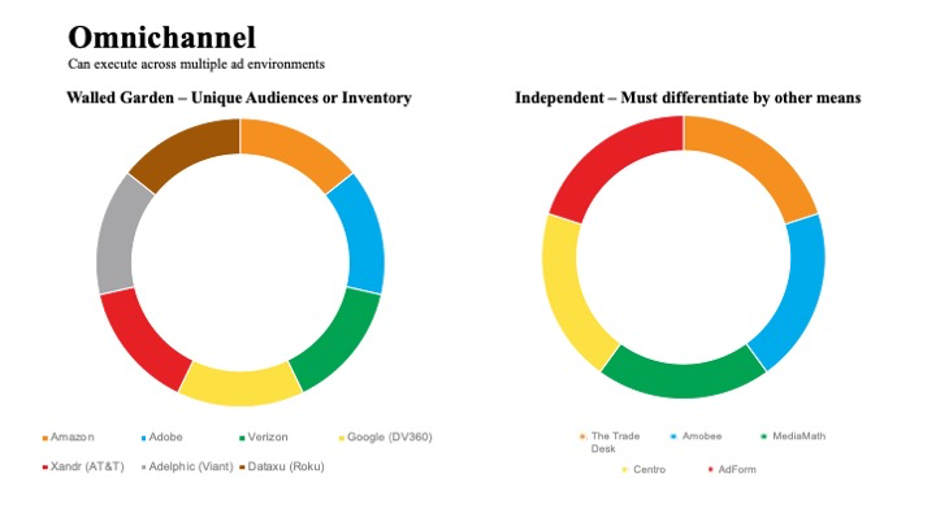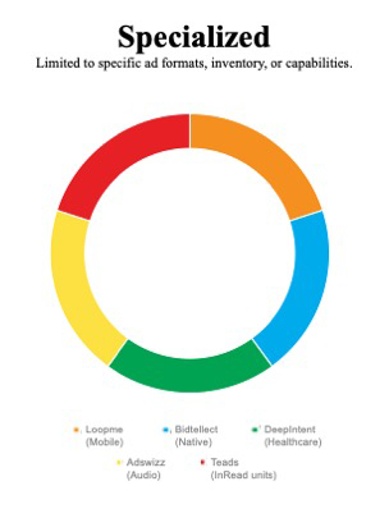Harnessing your first-party data to drive decisioning and to use for Marketing, Personalization and Analytics isn’t easy to employ, and it requires curiosity, rigor and cohesiveness.
A brand that is intent on using and activating this data should be knowledgeable about their first-party data and the resources available within their organization for cleaning, segmenting, usage of data on file, and portability. This work will likely require an investment and numerous internal resources, but it will pay off with tremendous benefits to the bottom line; increased sales, decreased overall marketing costs and a better customer experience.
To accomplish these goals, brands need to invest in and build out their Martech because it takes people-based technology to support data management, insights, segmentation and activation. The customer data from disparate databases within the company, from all groups, should be integrated into a single, centralized data warehouse. And then, the data must be cleaned. This includes accurate identification across all devices, households and addresses as well as deduping in order to understand unique profiles. Cleaning data is a big, yet a critical task that needs to be accomplished when combining data sets. That includes (but is not limited to) standardizing the data across all fields, eliminating duplicate instances of the same customer (for example across emails), filling in missing data (like zip code attached to postal address), and creating a data map so that data stored in separate places can be pulled into the new data warehouse in an organized and uniform fashion.
Once the data that is being pushed into this centralized database has been standardized, one must develop a procedure for aligning data collection methodologies and capabilities across all ecosystems within the organization for continuous use and development. This gives you the ability to create single user profiles with all attributes appended to the individual within the database. This is important for truly understanding the customer, how she interacts across channels, how she has interacted with your brand over time, what she likes and dislikes, what devices she uses for different functions, what she purchases and more. This data will power cohesive and authentic interactions with your customer and will inform future tactics to her and others who act like her, across touchpoints.
While cleansing the data is important for identifying customers and for portability purposes, you must be aware of how your first-party data has been obtained and ways in which you are permitted to use it. The first question to ask is where the data originated, how it was obtained and for what purposes. This starts with checks and balances around whether the audience has opted-in and consented to receiving messages. Further, what type of marketing they have opted- in for and if they can be messaged by you and/or your partners. If you are using second- or third-party data to enhance profiles, to expand reach or for measurement, you should receive assurances that you have permission to use that data for these objectives. Also, clarifying the commercial model around that data usage will be important for determining the amount of data that you use and if it is efficient. For example, do you have to pay for the data each time you use it or is it a one-time fee? Also, understanding the data collection methodology gives you insight into the freshness and accuracy of the data and audiences.
Once the data lives in this warehouse it is time to put that data to work! Data segmentation can be done in order to ensure that you are grouping like audiences together for ease of portability and activation. There are several ways to do this and the types of segmentation done within an organization will definitely change over time. For ease, though, and when there aren’t multiple resources to perform this work, the framework should not be over ambitious-it should start out simple.
Having time stamps against profiles will help this process. These can inform of the last time a consumer interacted with your brand, purchased, etc. This allows you to build your segmentation into groups around recency and frequency as well as dormant, lapsed, recurrent purchasers or high-value customer. You may also want to group your audiences into demographic criteria, psychological criteria such as lifestyle and hobbies, and behavioral criteria like loyalty. Segmenting your customers based on her channel of interaction is a great way to continue engaging with her on this channel and it can be helpful for informing and inferring other behavioral actions that can take place on this channel. Lastly, develop thresholds for sizes of these segmented audiences so that you can ensure that you have a scalable segment to reach or to be modeled. This approach will help a marketer meet customer demands efficiently and effectively by delivering relevant and consistent messaging, communications and interactions.
Now that your data is clean, accurate, compliant and segmented, you can migrate it to different platforms for modeling, suppression and activation. This process of porting data from one application to the next is imperfect, though, because the nature of the process means that data gets lost during the transfer process. Therefore, you must choose a data matching and syndication partner who has a scalable identity graph that is not solely dependent on cookies and that can show you high match and reach rates. In the next part of this series, we will review a method for defining needs for onboarding while evaluating differences in matching partners.
Check out part one in this series, Understanding Data Activation and Data Matching.



